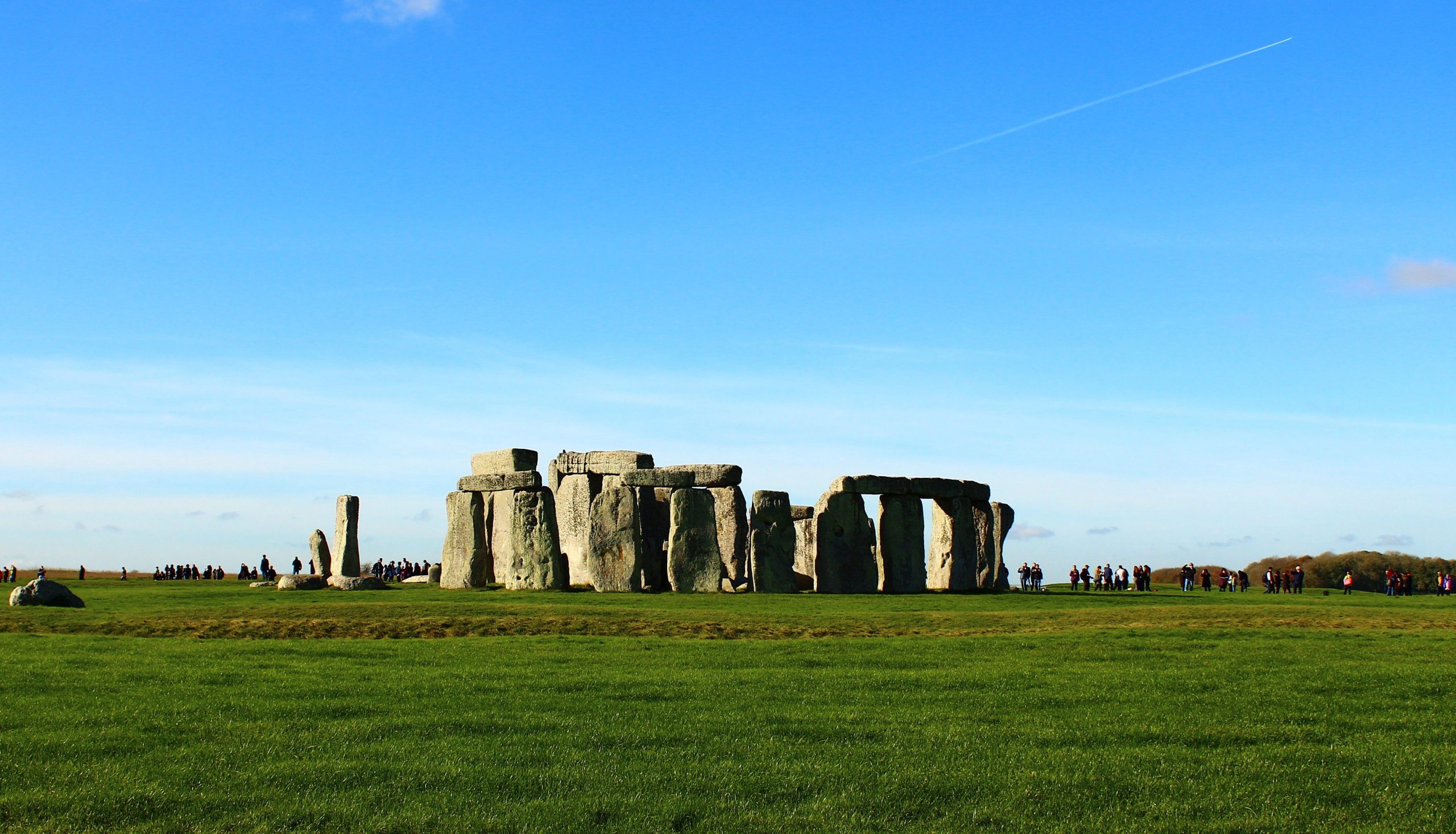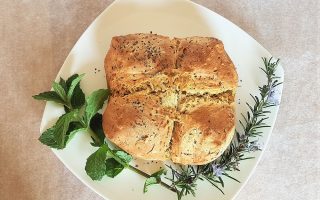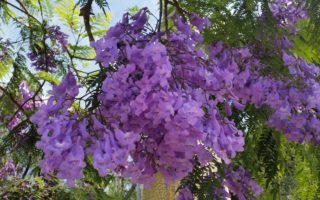
I recently visited Stonehenge while on the way to visit some friends. Stonehenge is an ancient temple built some 4500 years ago.
I have always known that Stonehenge is a venue where Pagans congregate during the summer and winter solstice. During my student days, I did not have a chance to visit Stonehenge, but we hear that it is a favourite place where hippies and Pagans congregate during the ‘important’ days. It was often in the news.
This trip to the site is an eye opener as I now learn more about the history.
“English Heritage’s project to transform the setting of Stonehenge returns a sense of context and dignity and to the marvel of human endeavour, leaving Stonehenge surrounded by grass and reunited with its ancient approach, the Avenue.” – quote from the welcome pack.
Stonehenge is indeed a very big complex. It was built as a temple – a place of burial and celebration. It was initially built about 5,000 years ago. By 2,500 BC, more and larger stones had been brought to the site and some smaller bluestones came from Wales. This marked the beginning of 800 year so of construction and alteration, stretching into the Bronze Age. It then became the largest temple in Britain. The stones, ditches and banks are arranged in sophisticated alignments to mark the passage of the sun and the changing seasons.

Many burial mounts, smaller temples, buildings and homes were discovered in this archaeological site. It is worth paying a visit to this place. Now Stonehenge is a tourist attraction. The visit/ tour is well organised and one has to pay an entrance fee to get in. The fee includes a visitor guide-book, bus tour ( or rather, a ride ) and visit to the exhibits.
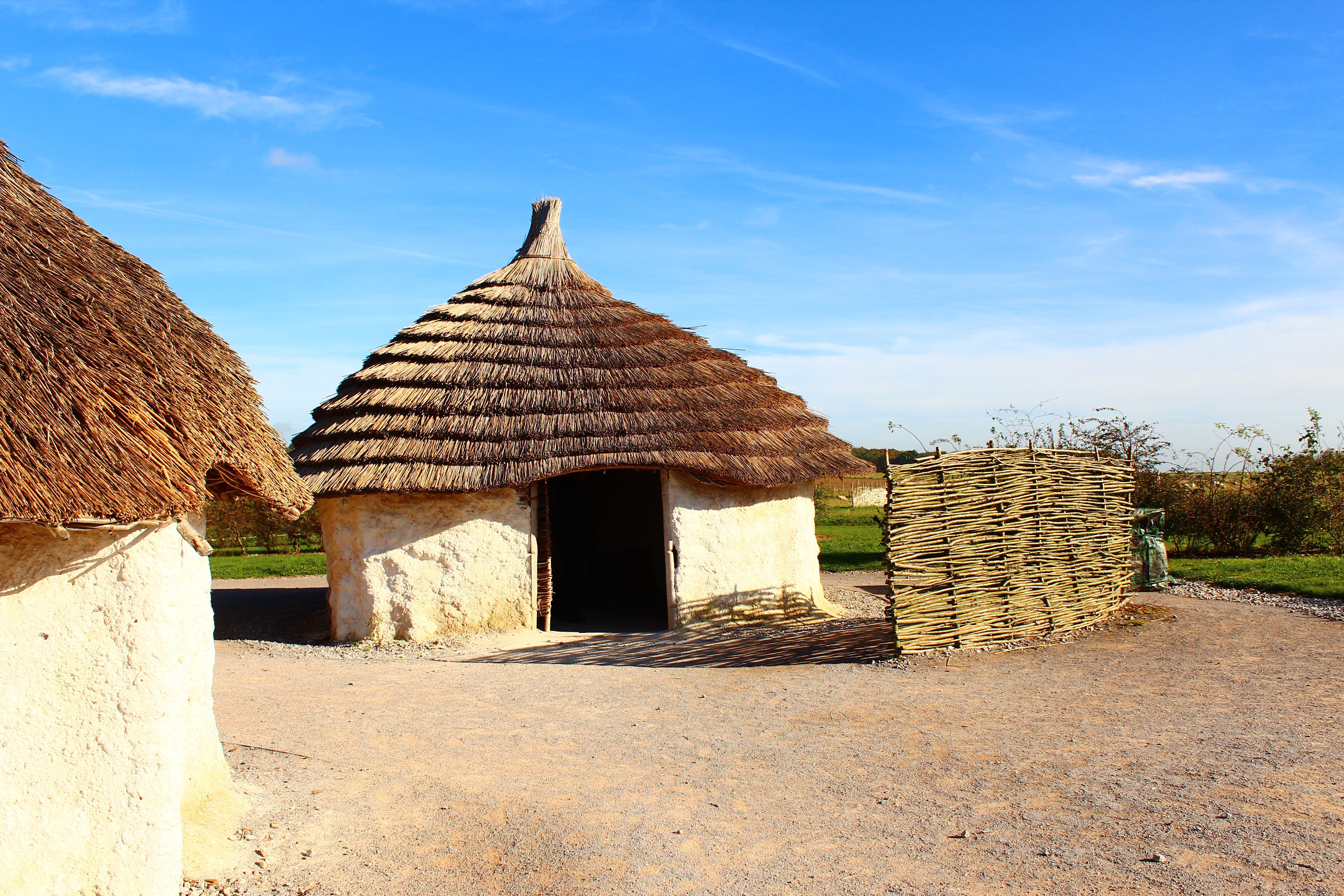
The area where the stones are – the ones you see in photos. and previously where the pagans go and celebrate the and setting sun ( I think, correct me if I am wrong) is now fenced up. Ok, not really but it is roped up and one cannot go near it to touch it. All visitors now have to go by the ‘well designed’ route to view the stones. Of course there are other exhibits at the visitor entrance area.
Needless to say, there is a shop that sells souvenir and a café as well.
On the whole it is a place worth visiting.
Speaking of winter solstice, the Chinese celebrate winter solstice as well
The Dōngzhì Festival or Winter Solstice Festival (Chinese: 冬至; pinyin: Dōngzhì; literally: “the extreme of winter”) is one of the most important festivals celebrated by the Chinese and other East Asians during the Dongzhi solar term (winter solstice) on or around December 22.
Traditionally, the Dongzhi Festival is also a time for the family to get together. One activity that occurs during these get-togethers (especially in the southern parts of China and in Chinese communities overseas) is the making and eating of Tang Yuan (湯圓) or balls of glutinous rice, which symbolize reunion.- source: wikipedia
In my first post on Kuih Ee. I wrote about my family tradition during the winter solstice celebration. Click here for more details.
When I was little, we only did the ones that are coloured and not filled. Nowadays, one can get Tang Yuan filled with various types of fillings. Over the years I have made some filled ones as well.
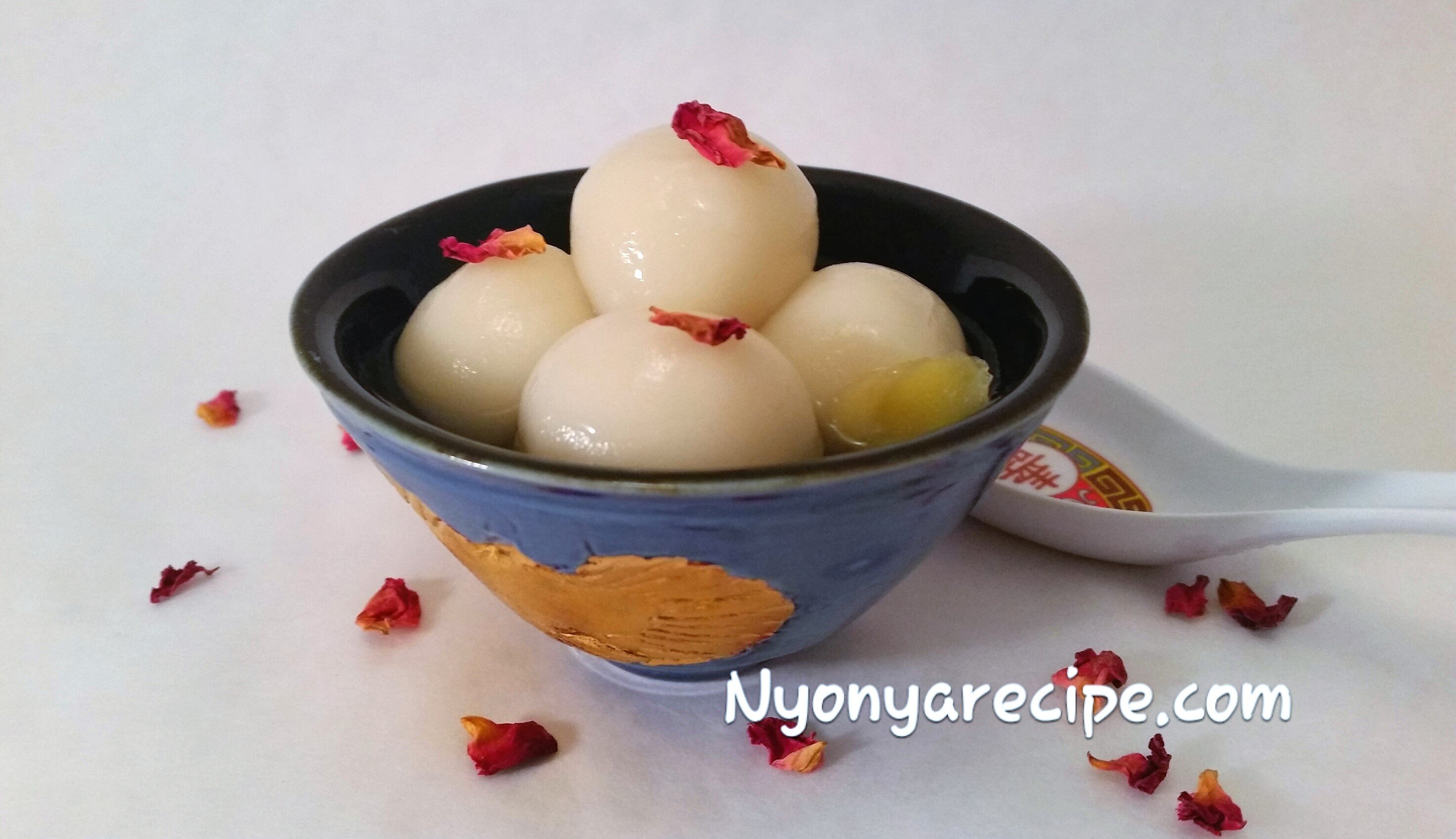
For Peanut Tang Yuan, please click here.
For more types of fillings: cashew nut and yam, please click here
The festive food is also a reminder that celebrators are now a year older and should behave better in the coming year. Even today, many Chinese around the world, especially the elderly, still insist that one is “a year older” right after the Dongzhi celebration instead of waiting for the lunar new year.
I now have another recipe for filled Tang Yuan, which I will post later.
I hope this post will give you an idea of the various types of Tang Yuan or Kuih Ee as the Penangites call it, and that you are inspired to try them.
Happy rolling!!
Please like and share the this post with friends who would benefit from it. And do click on the ads so that I can earn some miserly pennies. LOL!!
Until the next post,
Penang Lassie.
